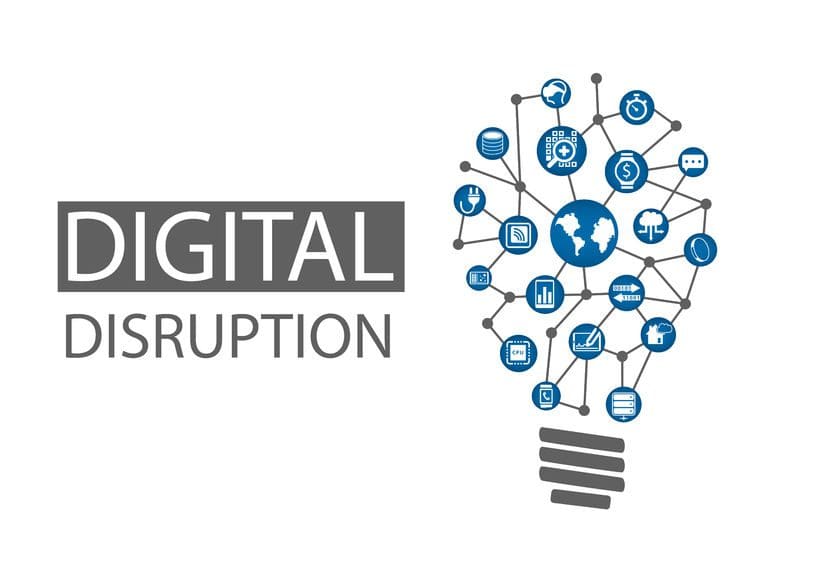HOUSTON — Despite the rapid speed of technology and innovation pressuring the industry, oil and gas CEOs see technological disruption as more of an opportunity than a threat but acknowledge that more work is to be done. Eighty-five percent of oil and gas CEOs report they’re piloting AI or have already implemented AI for some processes. However, only 59 percent feel their organization is an active disruptor in their own sector, and 57 percent feel that the lead times to achieve significant progress on transformation can be overwhelming, according to KPMG’s 2018 Global CEO Outlook.
“Technology is disrupting the status quo in the oil and gas industry. AI and robotic solutions can help us create models that will predict behavior or outcomes more accurately, like improving rig safety, dispatching crews faster, and identifying systems failures even before they arise. This level of predictability can have a profound impact on our industry, said Regina Mayor, Global Sector Head, Energy and Natural Resources, KPMG.
When asked about the biggest long-term benefits of AI, 46 percent of CEOs indicate an acceleration of revenue growth, 39 percent indicate increased agility as an organization, and 39 percent point to improved risk management, all within a three-year time frame. Further, they indicate high levels of confidence in their organizations’ digital transformation programs, AI systems and robotic process automation.
Further, 58 percent of O&G CEOs feel AI and robotics technologies will create more jobs than they eliminate. In fact, 93 percent of CEOs expect an increase in industry-wide headcount over the next three years.
Continued confidence in the market
As oil prices remain elevated, industry confidence is up and CEOs are setting their sights on growth opportunities, with 85 percent very confident or confident on industry growth, and 88 percent very confident or confident on company growth prospects.
As part of their growth strategies, 83 percent of O&G CEOs anticipate a moderate to high appetite for M&A activity over the next three years, largely driven by the need to reduce costs through synergies/economies of scale; a speedy transformation of business models; increased market share; and low interest rates.
“The higher price of oil is playing a significant role in driving a more positive sentiment across the industry,” said Mayor. “Executives are really honing in on ways they can improve internal efficiencies through strategic M&A moves and the use of robotics, AI and other means of digitalization across the industry.”
Despite a rosy outlook, there are still concerns and threats to achieving growth. Among the biggest threats to, 23 percent of CEOs point to emerging/disruptive technology risk, 20 percent say environmental and climate change risks, and 18 percent point to a return to territorialism are most concerning.
For information on the full study, please visit the KPMG 2018 Global CEO Outlook landing page.
About KPMG LLP
KPMG is one of the world’s leading professional services firms, providing innovative business solutions and audit, tax, and advisory services to many of the world’s largest and most prestigious organizations.
KPMG is widely recognized for being a great place to work and build a career. Our people share a sense of purpose in the work we do, and a strong commitment to community service, inclusion and diversity, and eradicating childhood illiteracy.
KPMG LLP is the independent U.S. member firm of KPMG International Cooperative (“KPMG International”). KPMG International’s independent member firms have 197,000 professionals working in 154 countries. Learn more at www.kpmg.com/us.





